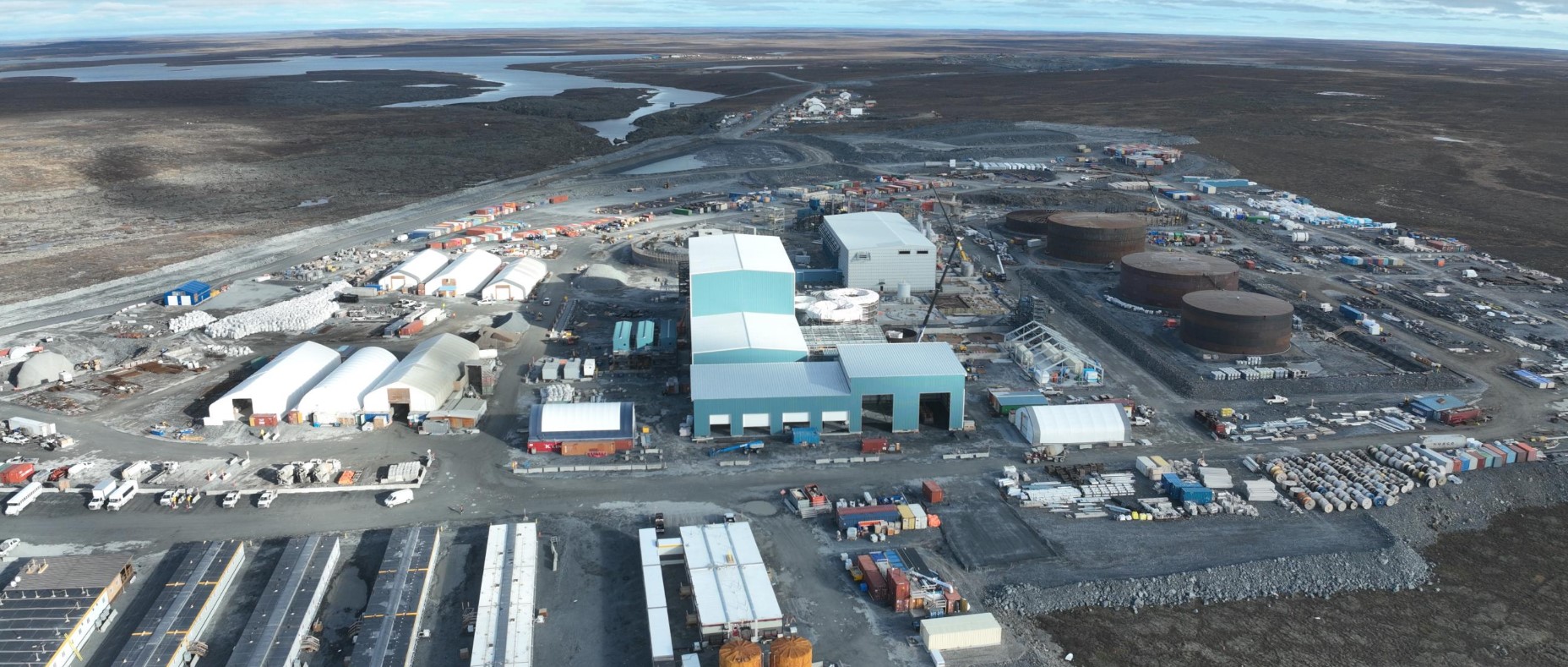Prior to this discovery, it was believed that the manganese oxides recovered from rocks in Mars’ Gale and Endeavor craters in 2014 were formed because the red planet might have once had more oxygen in its atmosphere billions of years ago.
Back then it was suggested that the minerals probably required abundant water and strongly oxidizing conditions to form. Using lessons learned from earth’s geologic record, it was concluded that the presence of manganese oxides indicated that Mars had experienced periodic increases in atmospheric oxygen in its past—before declining to today’s low levels.
But the UW researchers think otherwise.
“The link between manganese oxides and oxygen suffers from an array of fundamental geochemical problems,” Jeffrey Catalano, corresponding author of the paper presenting the new findings, said in a media statement.
Catalano explained that Mars is a planet rich in the halogen elements chlorine and bromine compared to earth. Halogens occur on Mars in forms different from those on the earth, and in much larger amounts. Thus, he and his team considered that they would be important to the fate of manganese.
Together with co-author Kaushik Mitra, Catalano conducted laboratory experiments using chlorate and bromate—dominant forms of these elements on Mars—to oxidize manganese in water samples that they made to replicate fluids on Mars’s surface in the ancient past.
“We were inspired by reactions seen during chlorination of drinking water,” Catalano said. “Understanding other planets sometimes requires us to apply knowledge gained from seemingly unrelated fields of science and engineering.”
The scientists found that halogens converted manganese dissolved in water into manganese oxide minerals thousands to millions of times faster than oxygen. Further, under the weakly acidic conditions that scientists believe were found on the surface of early Mars, bromate produces manganese oxide minerals more quickly than any other available oxidant. Under many of these conditions, oxygen is altogether incapable of forming manganese oxides.
“Oxidation does not necessitate the involvement of oxygen by definition,” Mitra said. “Earlier, we proposed viable oxidants on Mars, other than oxygen or via UV photooxidation, that helped explain why the red planet is red. In the case of manganese, we just did not have a viable alternative to oxygen that could explain manganese oxides until now.”
What about habitability?
The new results alter foundational interpretations of the habitability of early Mars, which is an important driver of ongoing research by NASA and the European Space Agency. However, the researchers noted that just because there was likely no atmospheric oxygen in the past, there’s no particular reason to believe that there was no life.
“There are several life forms even on earth that do not require oxygen to survive,” Mitra said. “I don’t think of it as a ‘setback’ to habitability—only that there was probably no oxygen-based lifeforms.”
He pointed out that extremophile organisms that can survive in a halogen-rich environment—like the salt-loving single-celled organisms and bacteria that thrive in the Great Salt Lake and the Dead Sea on earth—might also do well on Mars.




